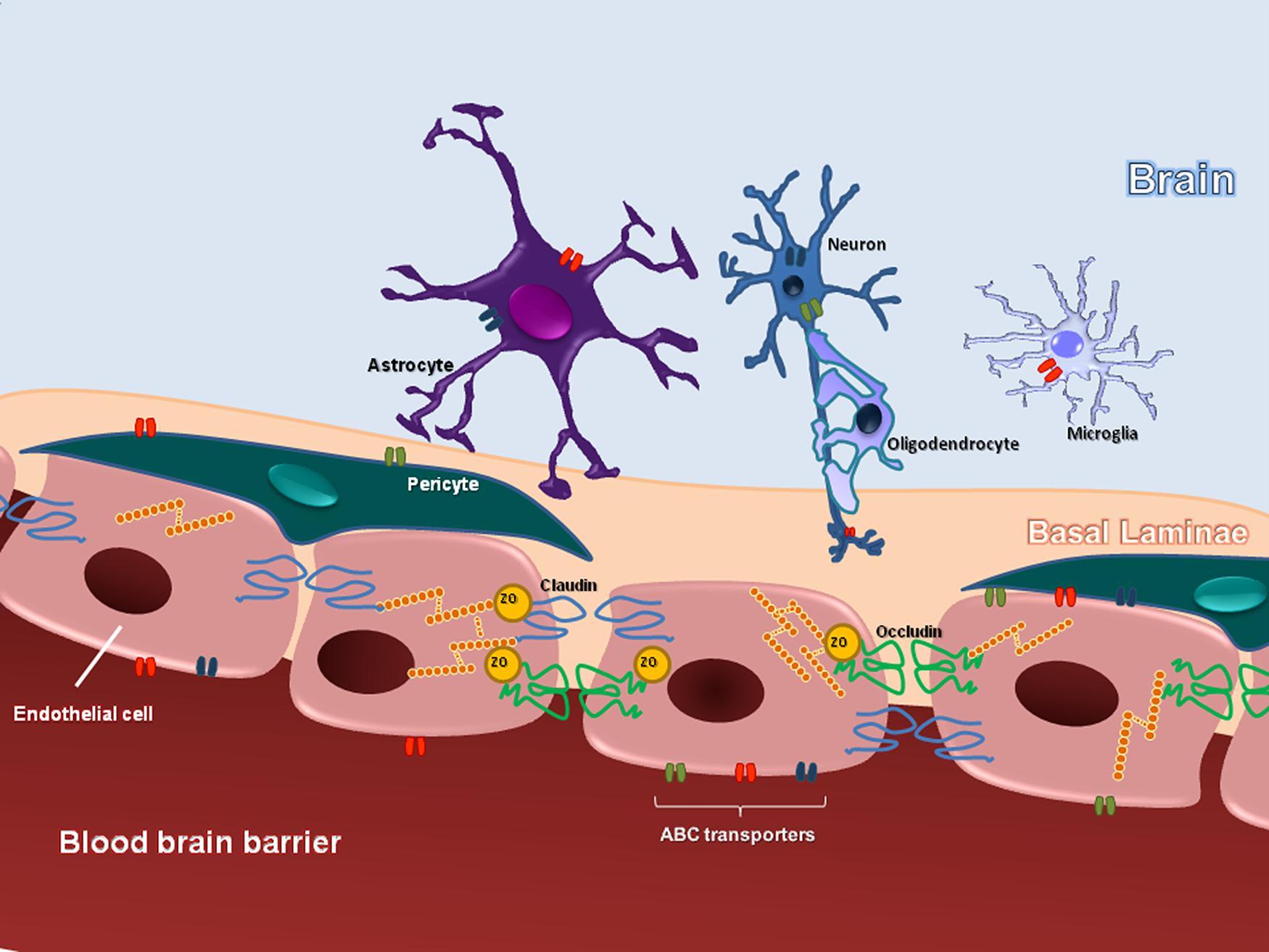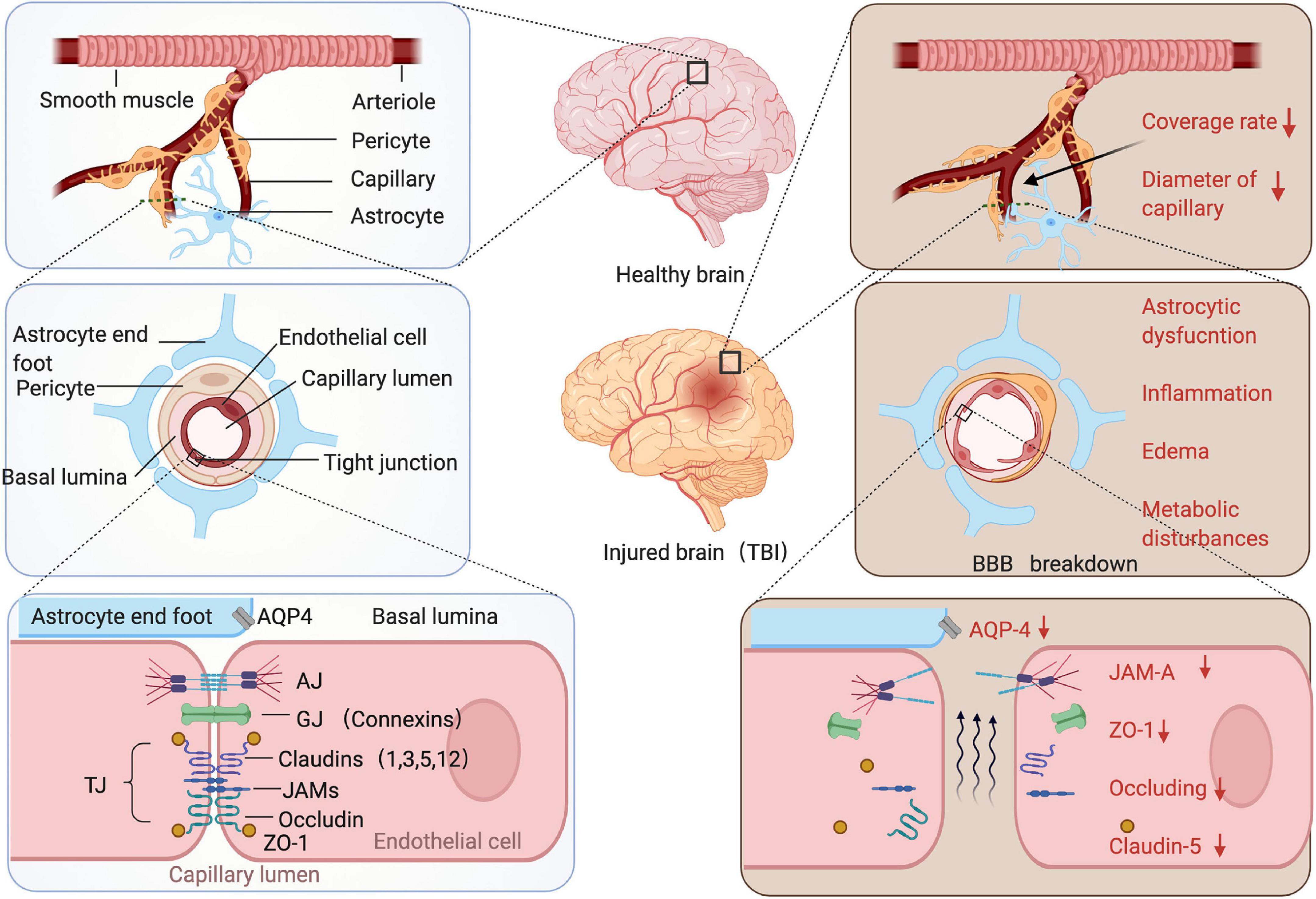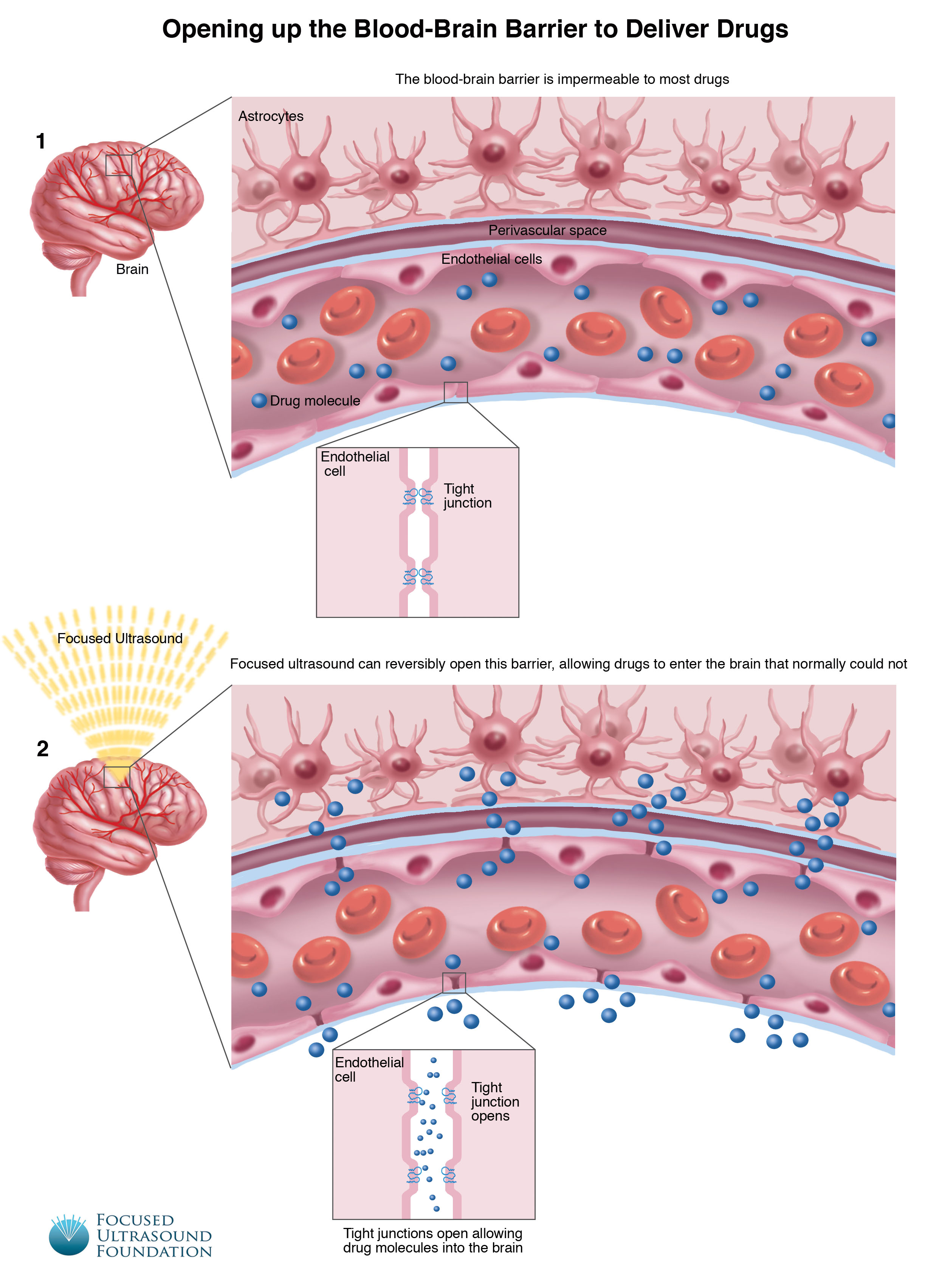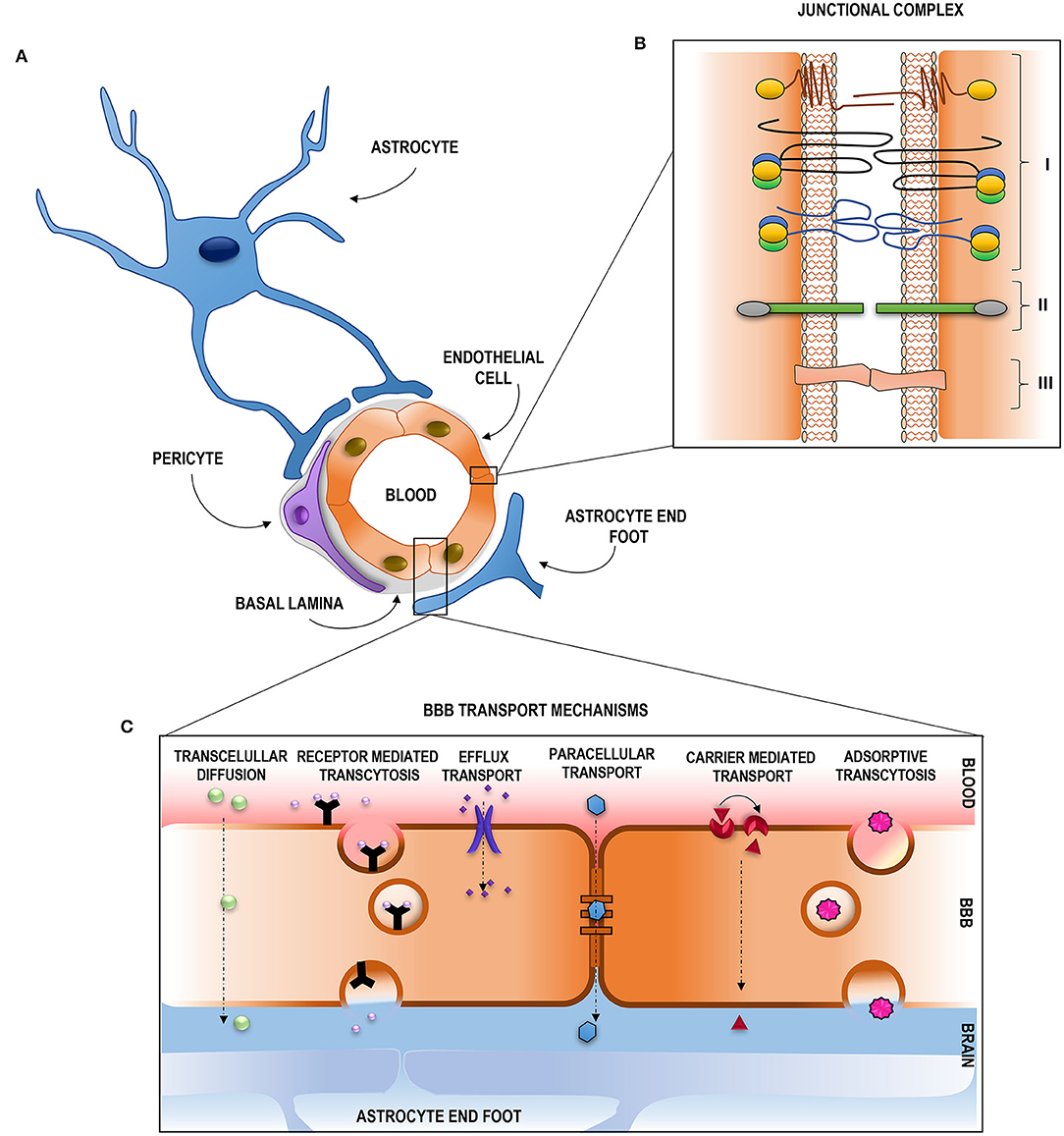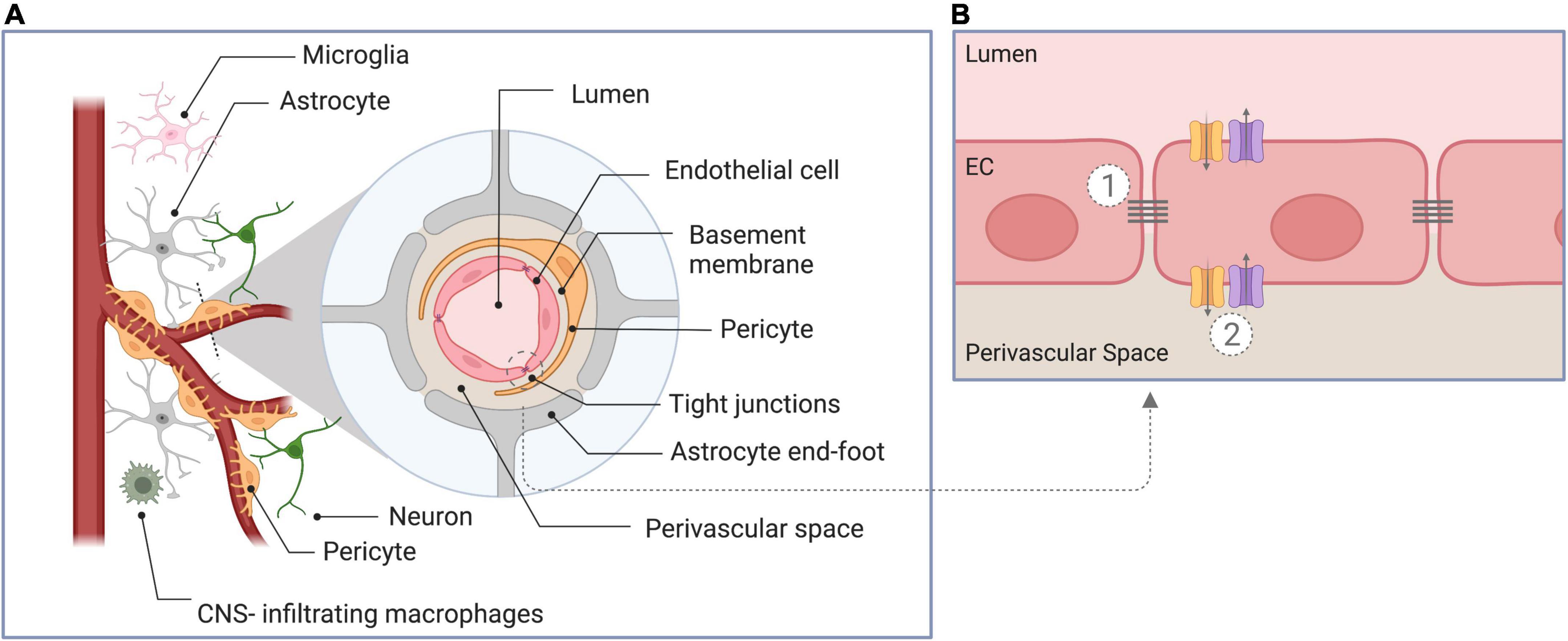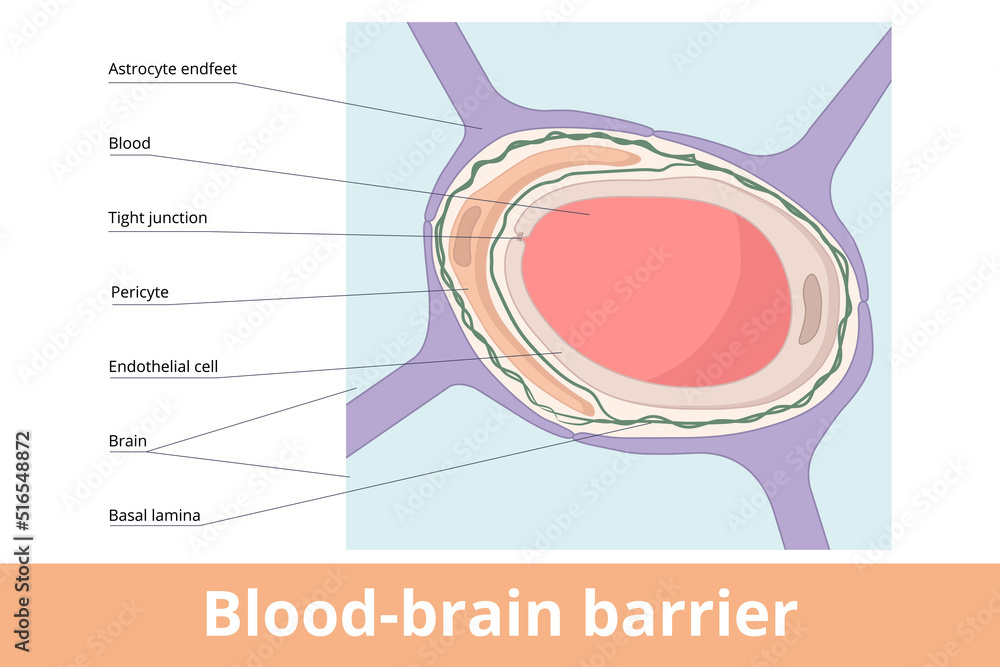When Is The Blood-brain Barrier Fully Developed

The blood-brain barrier (BBB), a critical protective interface between the circulatory system and the central nervous system, has long been a subject of intensive research. Determining precisely when this barrier fully matures has profound implications for understanding neurological development, treating childhood brain disorders, and even addressing neurodegenerative diseases in adults.
This article explores the latest scientific understanding of the BBB's development timeline, synthesizing findings from various research disciplines and highlighting the potential impact of this knowledge on medical interventions.
The Blood-Brain Barrier: A Vital Defense
The BBB is a highly selective membrane that shields the brain from harmful substances circulating in the blood. It’s composed of specialized endothelial cells tightly connected by tight junctions, limiting the passage of molecules based on size and charge.
This intricate barrier plays a crucial role in maintaining a stable brain microenvironment, essential for proper neuronal function and overall brain health. Understanding its developmental trajectory is, therefore, paramount.
Debunking the Myth of a Fully Formed Barrier at Birth
Historically, it was believed that the BBB was fully formed at birth. However, mounting evidence suggests a more gradual and complex developmental process that extends beyond the neonatal period.
Studies utilizing advanced imaging techniques and molecular analyses have revealed subtle structural and functional changes occurring within the BBB throughout infancy and early childhood. This challenges the earlier assumption of complete maturity at birth.
The Stages of BBB Development: A Closer Look
The BBB's development can be broadly categorized into several overlapping stages. These stages involve structural maturation, functional refinement, and adaptation to changing physiological demands of the developing brain.
Researchers at the National Institutes of Health (NIH) and various universities have identified key developmental milestones based on cellular and molecular markers. These markers indicate the progressive tightening of tight junctions and the enhanced expression of specific transport proteins.
Early Infancy: Initial Formation and Leakiness
During early infancy, the BBB is relatively immature, exhibiting increased permeability compared to the adult barrier. This increased permeability is due to less developed tight junctions between endothelial cells.
Studies indicate that certain substances, including some proteins and immune cells, can cross the BBB more easily during this period. This can influence brain development and potentially increase vulnerability to inflammation.
Late Infancy and Early Childhood: Gradual Maturation
As the child grows, the BBB gradually matures, with tight junctions becoming tighter and the expression of transport proteins increasing. This leads to a reduction in permeability and enhanced selectivity.
Research suggests that this maturation process continues throughout early childhood, with subtle refinements occurring until around 2 years of age. Factors such as genetics, nutrition, and environmental exposures can influence the rate and completeness of this process.
Beyond Early Childhood: Continued Refinement
While major structural changes occur during infancy and early childhood, the BBB continues to adapt and refine its function throughout life. This ongoing refinement involves the regulation of gene expression, protein synthesis, and interactions with other brain cells.
Studies exploring the long-term impact of early-life experiences on BBB function are ongoing. These studies aim to understand how factors like stress and nutrition can shape the BBB's resilience and vulnerability to disease later in life.
Implications for Medical Interventions
A more precise understanding of the BBB's developmental timeline has significant implications for medical interventions, particularly in the treatment of childhood neurological disorders. This includes targeted drug delivery.
For example, knowing that the BBB is more permeable in early infancy could allow for the development of therapies specifically designed to cross the barrier during this period. Conversely, it also highlights the potential risks of exposing the developing brain to harmful substances.
The Human-Interest Angle: Hope for Children with Neurological Disorders
For families of children with neurological disorders, the promise of improved treatments based on a better understanding of the BBB is a source of hope. Conditions like epilepsy, cerebral palsy, and genetic brain disorders often require medications that must cross the BBB to be effective.
Researchers are actively working to develop novel drug delivery systems that can overcome the challenges posed by the BBB. These systems include nanoparticles, liposomes, and other targeted therapies designed to deliver medications directly to the brain while minimizing systemic side effects.
"The BBB is not a static structure but rather a dynamic interface that adapts to the changing needs of the developing brain," emphasizes Dr. Sarah Jones, a leading researcher in neurodevelopmental pharmacology at Stanford University.
Future Directions and Continued Research
Research on the BBB's development is an ongoing process, with many questions still to be answered. Scientists are continuing to investigate the molecular mechanisms that regulate BBB formation, function, and adaptation.
Future studies will likely focus on identifying biomarkers that can be used to assess BBB integrity in vivo. These biomarkers could help clinicians monitor BBB development in individual patients and tailor treatments accordingly.
Ultimately, a deeper understanding of the BBB's developmental trajectory will pave the way for more effective and targeted therapies for a wide range of neurological disorders, benefiting individuals of all ages.

